Can art be a form of historical truth?
Exhibition: ‘Forgotten Faces: Visual Representation of Trauma and Mass Killing in Asia’
Dates: 25 August – 12 December 2020
Charles B. Wang Center, Stony Brook University, New York
More on the exhibition’s website, including the virtual exhibition launched because of the current pandemic and the center’s temporary closure: https://www.stonybrook.edu/commcms/wang/exhibitions/
In 2020, the world is experiencing the reality of mass death in a way we have never before. For many people, the Holocaust and other mass killings are either part of a heavy, dark past or are events that took place in distant countries. They are out of sight, out of mind, from our daily lives. But the coronavirus (Covid-19) has changed this. The pandemic has struck nearly every country around the globe, from advanced economies to vulnerable populations. The current omnipresent fear can serve as a reminder of forgotten civilian deaths and sufferings that we never cared for or knew about.
In the twentieth century, even within recent memory, mass killings and genocide have occurred in many Asian countries, especially as colonial empires began to collapse after World War II and as Cold War tensions escalated. These include Taiwan's 2.28 massacre (1947); South Korea's Jeju massacre (1948); China’s Great Leap Forward and the resulting famine (1958–1962); the Indonesian mass killings (1965–1966); the Bangladesh genocide (1971); and Cambodia’s killing fields (1975–1979). Cultural representations that convey victims’ experiences of these traumatic events are quite rare, especially in the West. In contrast to the massive visual representation and remembrance of the Holocaust, many of the aforementioned tragedies are disappearing into the fog of time, leaving little to no mark in history or wider global public memory.
Stony Brook University’s Charles B. Wang Center presents Forgotten Faces: Visual Representation of Trauma and Mass Killing in Asia, an exhibition that will run from 25 August through 12 December 2020. It features artists Kim Hak (Cambodia), Kumi Yamashita (Japan), Federico Borella (Italy), Lim Ok-Sang (South Korea), Noh Suntag (South Korea), Choi Byungsoo (South Korea), Jung Min-gi (South Korea), Lee Yunyop (South Korea), Yi Seung-jun (South Korea) and Gary Byung-seok Kam (South Korea), Tenzing Rigdol (Tibet), Tung Min-Chin (Taiwan), and Joe Sacco (United States). Forgotten Faces traces the cultural phenomenon of mass killings and political trauma in Asia.
In 1975, the Khmer Rouge army began its brutal rule over Cambodia, which would last for almost four years. During this brief period, it would kill a quarter of Cambodia's population. Although forty-five years have passed, little can escape the all-seeing lens of the photographer, as Cambodian photographer Kim Hak demonstrates with his series Alive. Kim looks for survivors of the genocide scattered around the world and illuminates the pain of those victimized by state violence. His evocative photographs capture victims’ personal belongings, items they risked their very lives to protect against Khmer Rouge’s destructive vision for a utopian Cambodia under communism. These trivial items hold immense historical and emotional weight – death, fear, anxiety, confusion, and a struggle for life and survival: English-language books and family photos that risk exposing an individual's identity, small Buddha statues that could be hidden in one’s palm, a kettle used to cook a stolen chicken, among others. Each of these pieces memorialize the two million souls murdered in Pol Pot’s march toward ideological purity. (Fig.1)
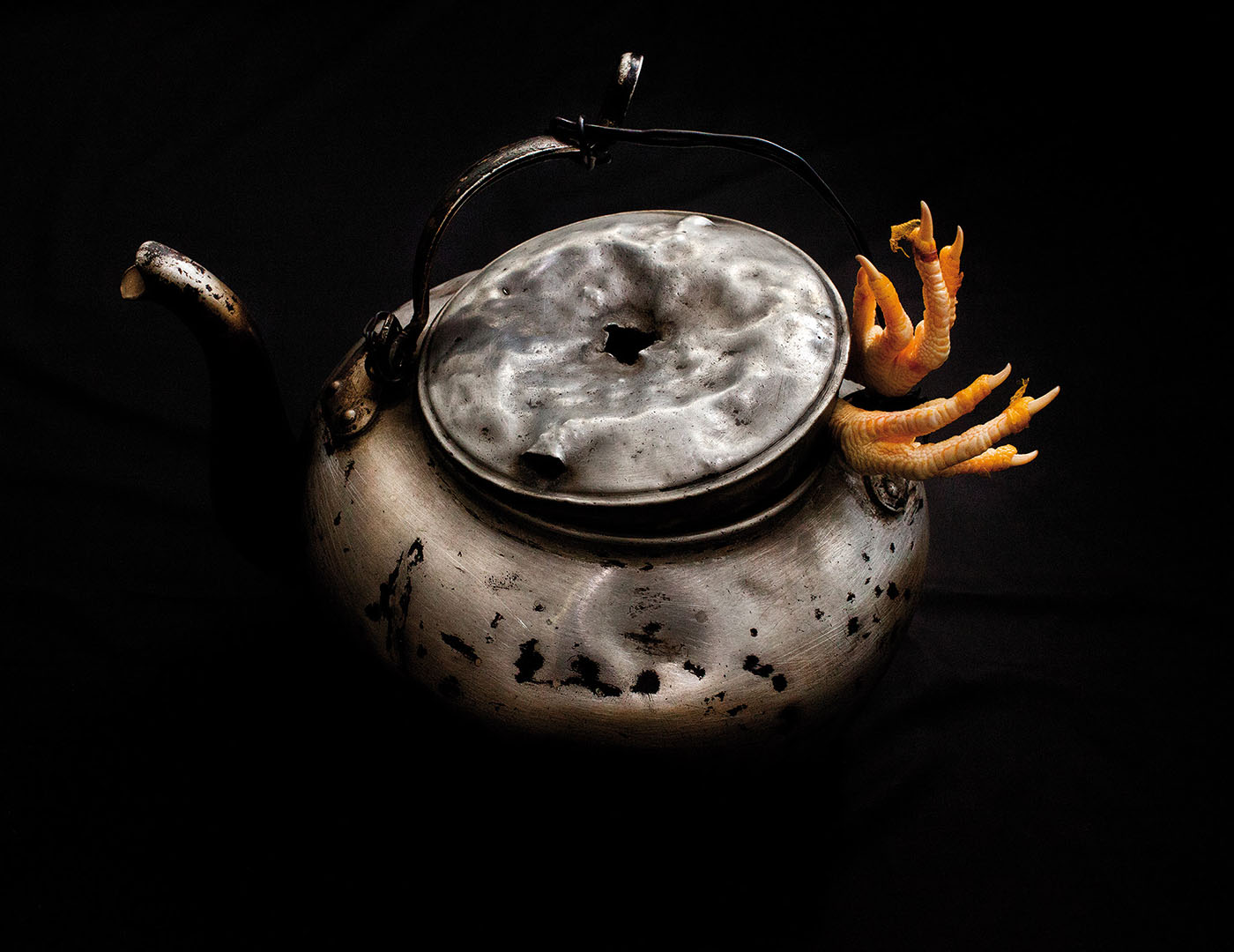
Fig. 1: Kim Hak, Kettle and Chicken (2014). 50 (H) x 70 (W) cm. C-Print.
War seems almost inevitable in our increasingly fragmented, dehumanized world. Yet Kumi Yamashita rescues traces of humanity in art that challenges this status quo. In her work, she shows how art can shift our focus to civilian victims and their suffering, as well as how art can provoke deep questions regarding pain, trauma, and atrocity. Yamashita painted several large portraits of children on large cotton bedsheets. Although the bedsheets’ floral patterns speak of comfort and warmth, Yamashita betrays any feelings of security by creating the brilliantly executed faces with ‘muddy’ prints from military boots. In a subtle yet powerful way, she points to the often overlooked and most vulnerable victims of war: children. She indicates how war tramples innocents in the reckless pursuit of glory and how trauma becomes part of a person, a metaphor brought to visual life in children’s features created by and smeared with the boots of battle. (Fig.2)
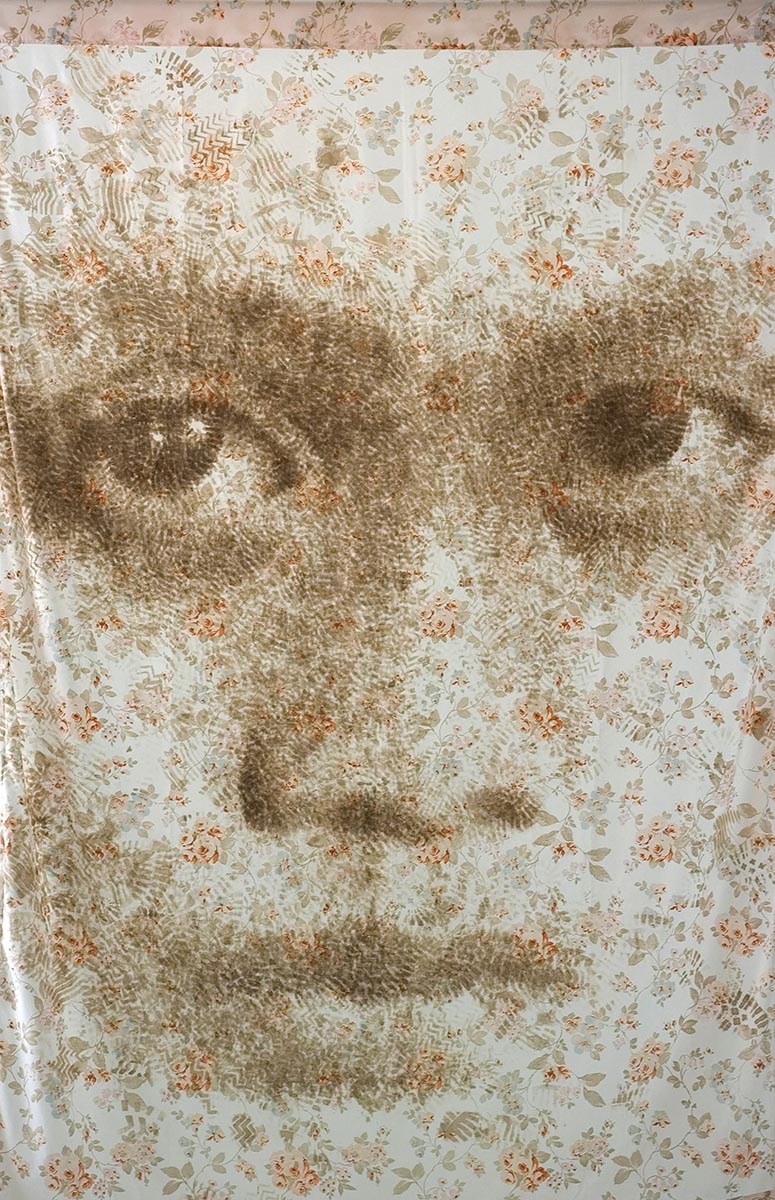
Fig. 2: Kumi Yamashita, Someone Else's Mess (detail) (1997). 94 1/2 (H) x 59 (W) inches each (a total of 8 pieces). Military boot prints on bed linens. Courtesy of the artist.
Perhaps an even more horrifying thought is that mass killings are not bygone events of the twentieth century. Unstable national systems, capitalism, globalization, social and economic inequality, and growing ecological challenges put us in danger on a scale never before seen, while also making it more difficult to address and eliminate these problems. These contemporary conditions are accelerating more indiscriminate genocide of peoples and cultures.
Italian photographer Federico Borella sheds light on this different kind of tragedy, one of environmental and societal disaster in Tamil Nadu, India. A five-degree increase in temperature does not sound like much, but it can have extraordinary effects on climate and, accordingly, agriculture. Farmers in this region face ever worsening conditions and droughts that are devastating their livelihoods and their communities. A combination of low farm yields, falling agricultural prices, limited labor, lack of government support, and difficulties repaying large debts have led to an astonishingly high rate of suicide, a rate that continues to rise. Borella eschews violent or graphic content, instead vividly capturing the despair of widows whose farmer husbands have taken their own lives. This is a slow catastrophe, a mass killing brought on by a globalized society that values profit above all else. Borella reveals the awful negligence caused by rapid industrialization and environmental degradation in his photography. (Fig.3)
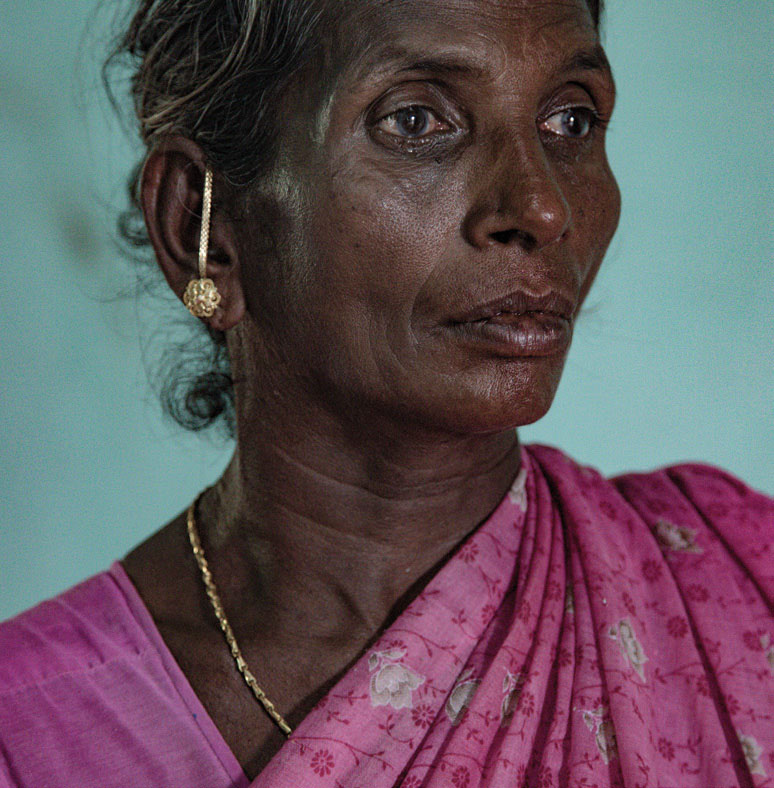
Fig. 3: Federico Borella, Widow of the Late Farmer (2001). 70 (H) x 70 (W) cm. Print on Hahnemuhle paper. Courtesy of the artist.
Let’s move from rural India to urban South Korea. In 2014, the MV Sewol sank, killing 304 out of a total of 476 passengers, many of them schoolchildren. Yet this tragedy had wider repercussions. Investigations led to the discovery of failure and negligence by companies and government authorities on numerous levels. Public outrage and enormous protests eventually resulted in the impeachment and ouster of South Korean president Park Geun-hye. Six Korean artists – Lim Ok-Sang, Noh Suntag, Choi Byungsoo, Jung Min-gi, Yi Seung-jun and Gary Byung-seok Kam – use their art as an outlet to process this kind of communal trauma, a trauma that can lead to larger political action and social justice. Lim Ok-Sang’s mural-like painting, Tide of Candles II (2017), depicts the nonviolent candlelight vigils that were held every week in Seoul over a six-month period. The painting, consisting of fifty-five canvases, contains the pain of millions of rally participants. (Fig. 4)

Fig. 4: Lim Ok-Sang, Tide of Candles II (2017). 300 (H) x 900 (W) cm (a total of 55 canvases). Mixed media on canvas. Courtesy of the artist.
Choi Byungsoo seamlessly blends absurdity with the Sewol ferry tragedy in his Made in Korea Blade (2018). (Fig. 5) His sculpture of a child teetering on the edge of an enlarged razor blade bitterly criticizes the South Korean government for its focus on commerce and trade at the expense of its underfunded welfare system. The cheerful posture and gestures of the girl belie the piece’s darker metaphors. Jung Min-gi portrays deep scars, terrible sorrows, betrayal, anger, and despair by casting powerful images on canvas with extraordinary technical virtuosity using ink, paint, and free-motion quilting. His four-meter-long A Country Where Mothers Mourn (2020) depicts the faces of the forgotten victims. (Fig.6)
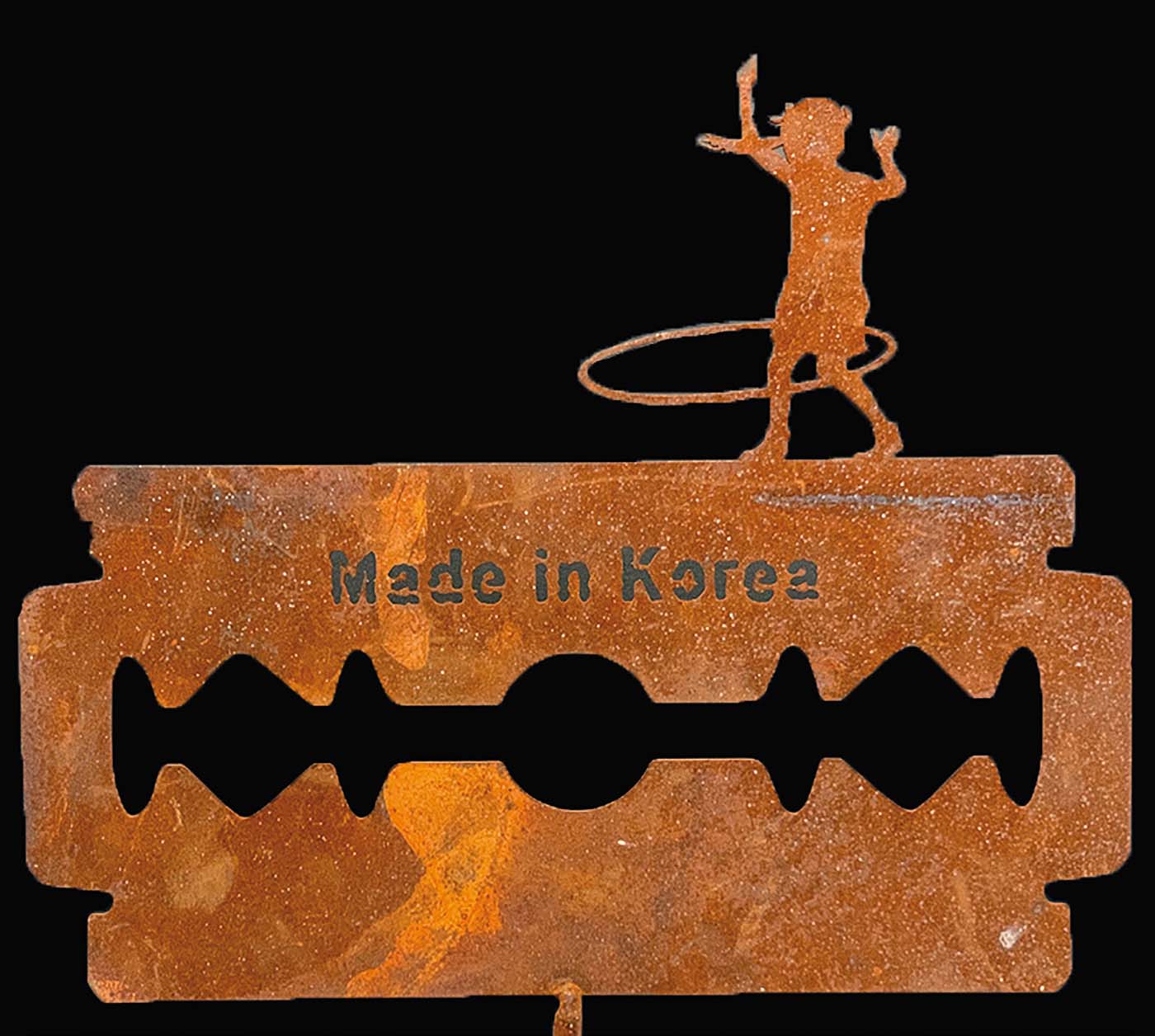
Fig. 5: Choi Byungsoo, Made in Korea Blade (2018). 67 (H) x 56 (W) cm. Metal. Courtesy of the artist.
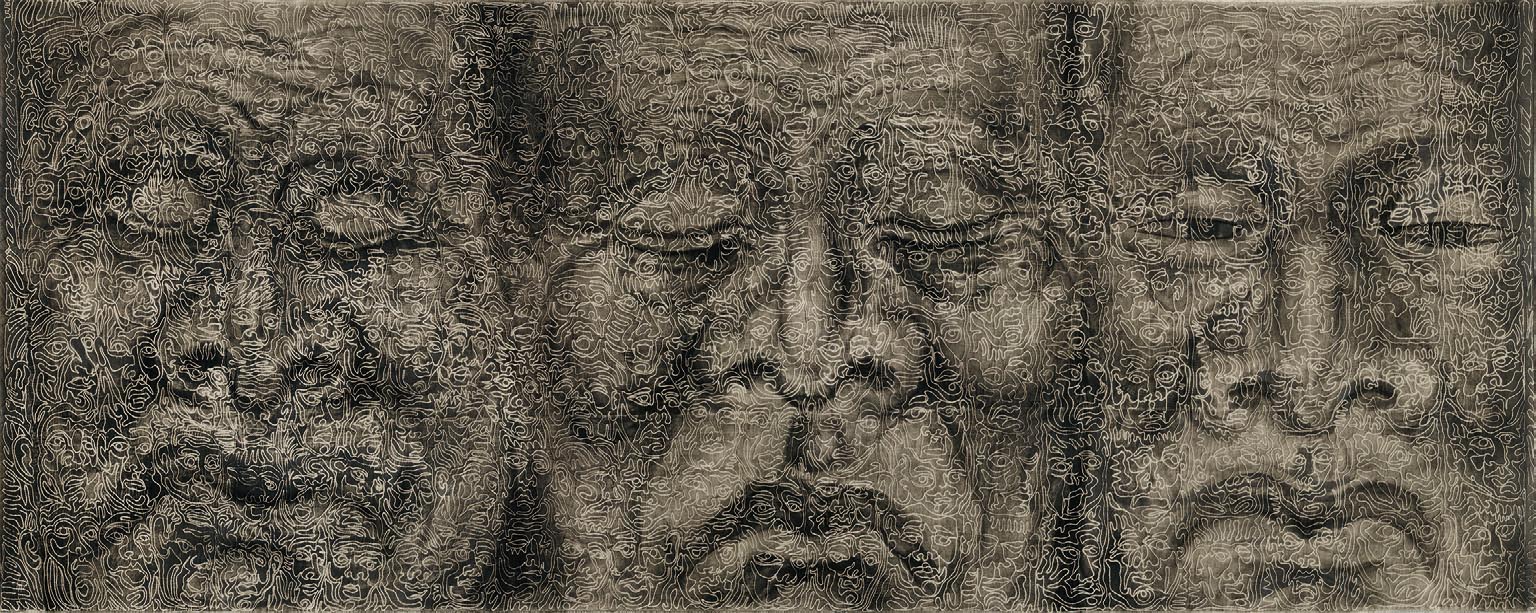
Fig. 6: Jung Min-gi, A Country Where Mothers Mourn (2020). 158 (H) x 400 (W) cm. Sumi ink, acrylic paint, and free-motion quilting machine sewing on canvas.
The Oscar-nominated documentary In the Absence (2018) is also part of the exhibit. Directed by Yi Seungjun and produced by Gary Byung-Seok Kam, it asks damning questions about the absence of any rescue operations or first responders in the Sewol ferry incident, set against images of the ferry disappearing beneath the waves. However, the Sewol ferry incident cannot be regarded solely as a Korean event. It should be considered part of a global phenomenon of vulnerable people falling victim to larger forces in modern society. As capital, goods, trade, and information zip back and forth across borders and oceans, governments around the world are hollowing out their social safety nets and social services, increasing the fragility of all our lives as our communities wither. This individualized instability makes it much harder to collectively tackle these problems and meet the basic needs of citizens, invest in our societies, and provide for current and future generations. This increases the chances of mass killings, whether through capitalistic negligence or through the slow rotting of rights and necessary services.
Taiwanese artist Tung Min-Chin’s sculptures defy the impossibility of representation of real massacres and posttraumatic expression. Tung, in his art, creates a complementary and contradictory sense of witnessing. On the one hand, his work bears witness to the physical reality of a historical event; on the other hand, it shows the inner psychological reality of the event’s aftermath. In his The Birth of a New Hero II (2008), Tung expresses his mastery of woodcarving, revealing a figure trapped inside the wood. The smoothly polished pieces distill fear, becoming a visual metaphor of the broader problem of representing mass killings, as well as the deforming effects of pain on representation. (Fig. 7)
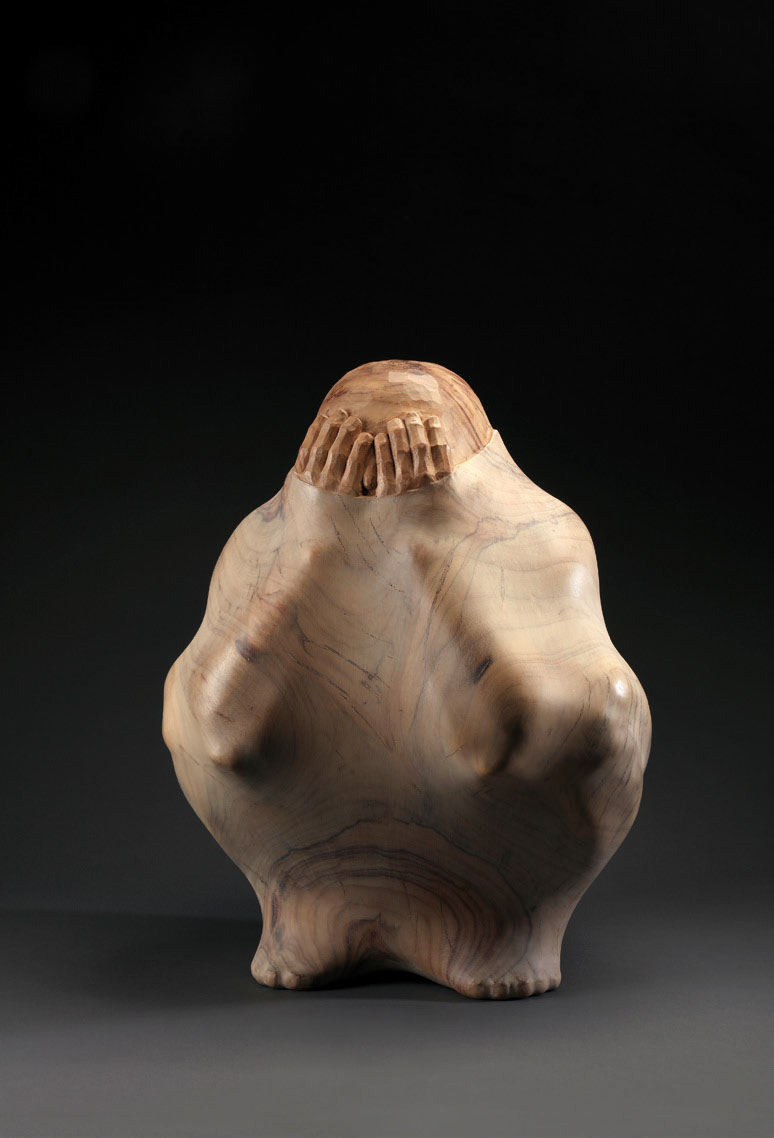
Fig. 7: Tung Min-Chin, The Birth of a New Hero II(2008). 52 (H) x 38 (W)x 38 (D) cm. Wood. Courtesy of the artist.
These works are not limited to any country or people. They are facets of a larger story; one we are all part of. The visual records of the wounded and the dead cannot be contained in just words, and perhaps not even in images. Through this exhibition, I hope that many forgotten massacres, those that have taken place in the past and those that are ongoing, will be remembered, and we take the opportunity to aspire to a better, more just world. There is no exception to human rights.
Jinyoung A. Jin, Director of Cultural Programs at the Charles B. Wang Center and Curator of this exhibit
jinyoung.jin@stonybrook.edu